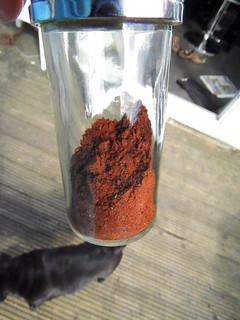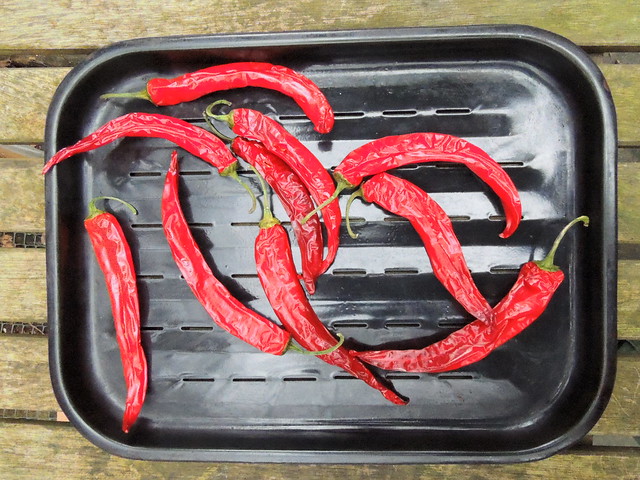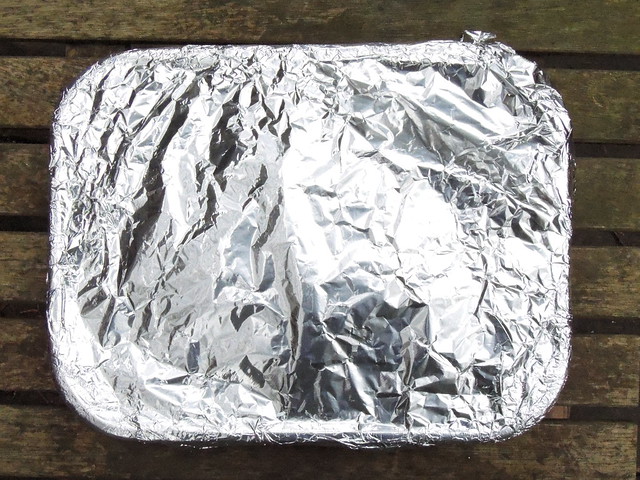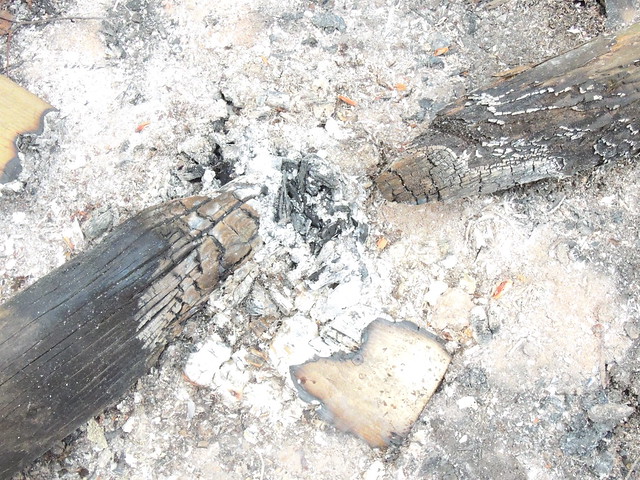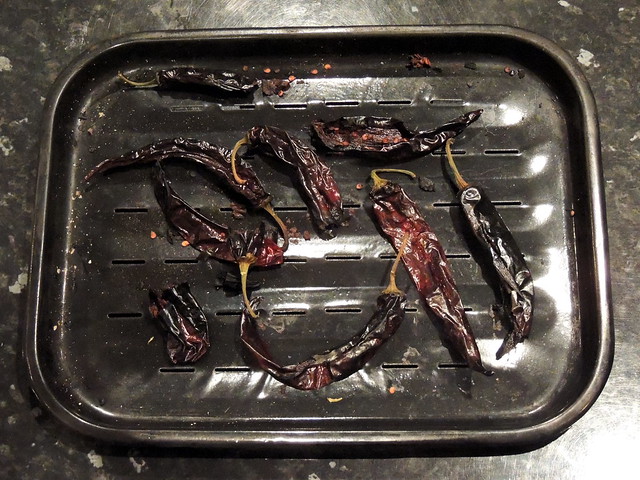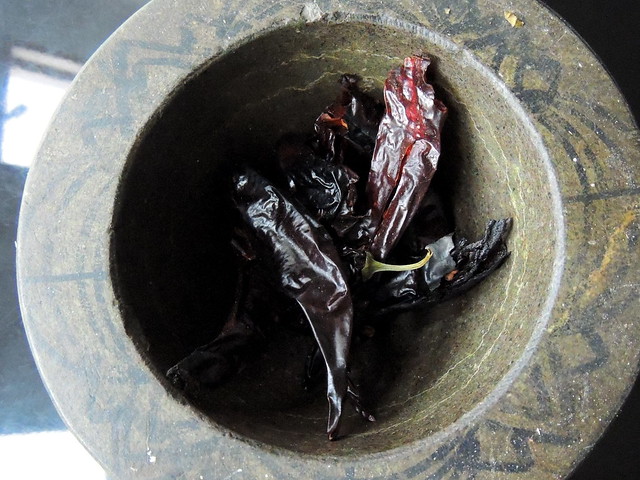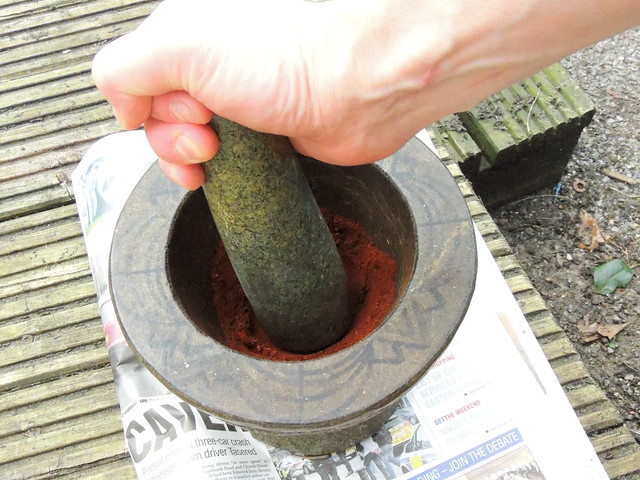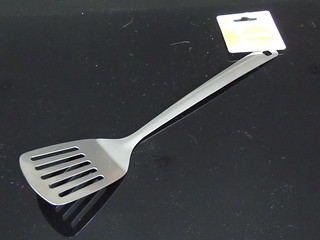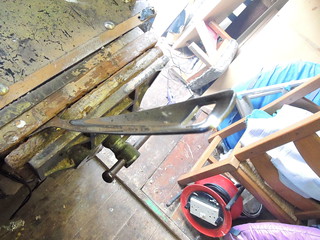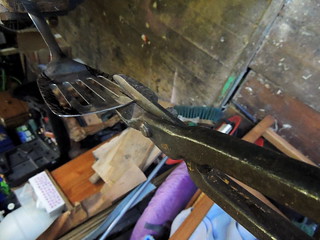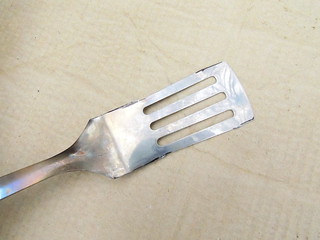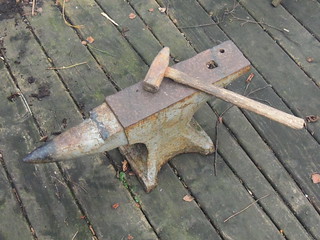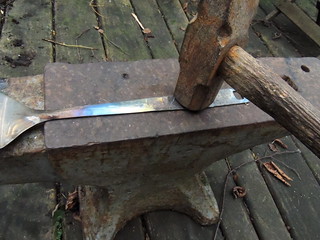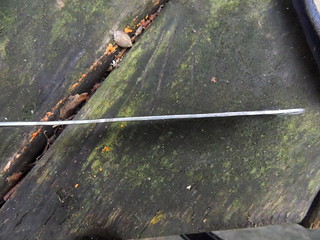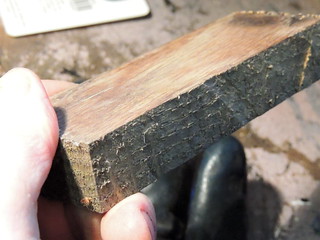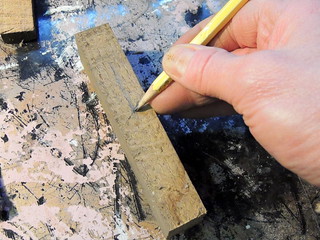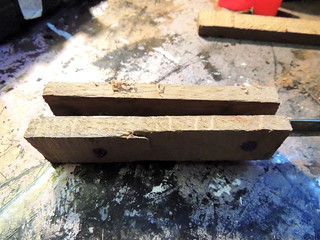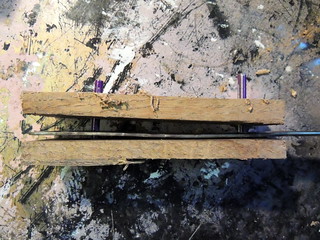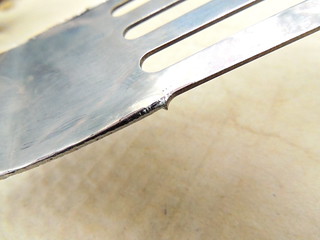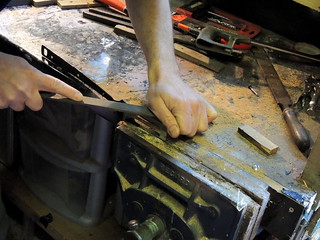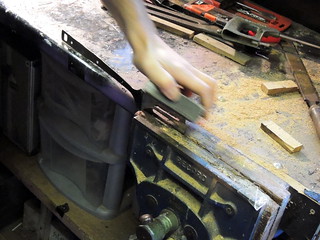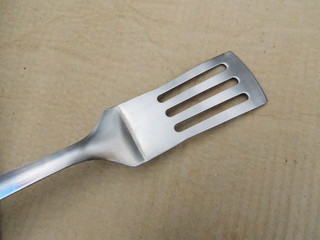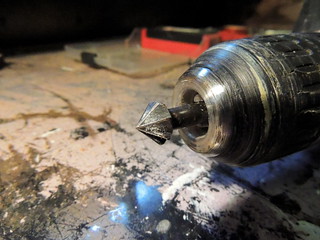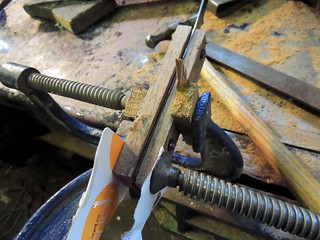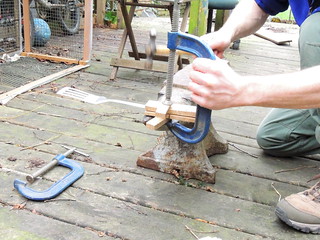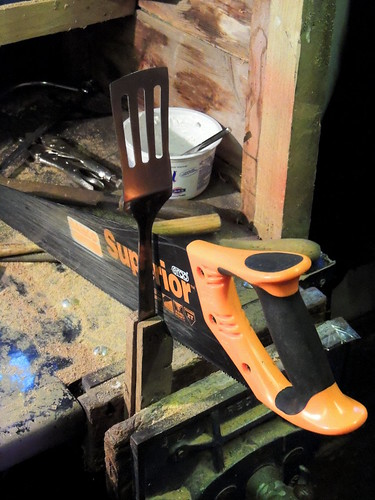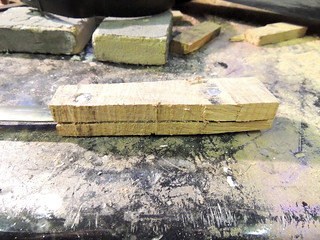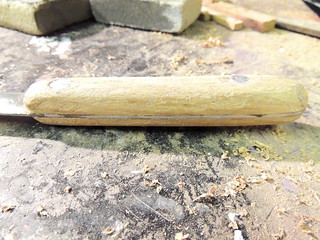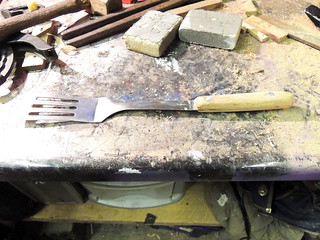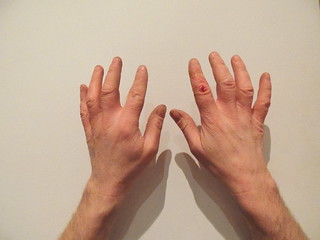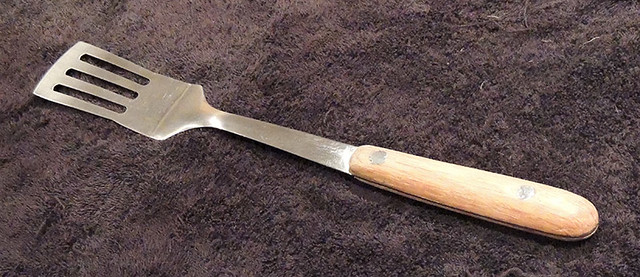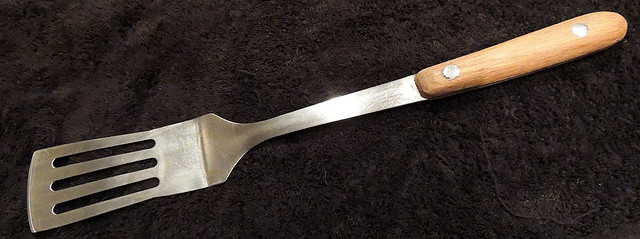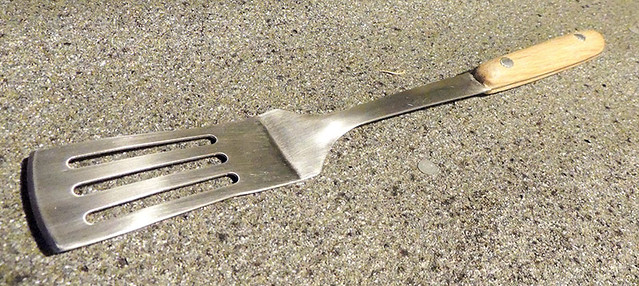Creepy automata and enjoying being spooked in a crowd.
Fortune Teller Hive is a plot to make a physical fortune telling automaton that you find at fairgrounds, but mash it up with online digital social interaction to create a more colective experience, and generally play about with some concepts of persona and social buzz.
 Here's an example of on the epic 'Zoltar' machines
Here's an example of on the epic 'Zoltar' machinesThey usually come in large glass case at fairgrounds. You put your money in and it reads your fortune. There's an enjoyably creepy magic about such automata. Like puppets and ventriloquists' dolls they are all just a bit Frankenstein - inanimate people-like objects with life breathed into them.
One aspect of the enjoyment of such creepy things is that they are seldomly experienced alone. Most occur in public areas. I am interested in the emotional aura that occurs in such places that comes specifically from there being groups of people experiencing it at the same time.
In fairs, cinemas, circuses, theatres, amusement arcades and on theme park rides, the thrill is not just from the slightly risky or creepy nature of the exeriences, it is heightened by sharing it with other people and a social sensing of other people's excitement.
The shared collective excitment is different than that if one experienced something alone - the gestalt consciousness, if you like. This changes the emotional sense of the surroundings. It is other than what it would feel like on one's own. If the attraction is working well, when a crowd uses it, the crowd tends to increase excitement and risk-taking as the presence offers a sense of safety in numbers. Having said that, it is possible to feel swayed by collective disappointment too, if the experience is not working!
Why an automaton?
Anyway, as much as I love making creepy shit, I am not that interested in perfoming with it to an audience. I love puppet-making, for example, I but can't be bothered to perform with them. This has led me to think I should make more stand-alone interactive things, rather than props for a performer.
The most obvious things are automata.
So what has all this got to do with social media?
I didn't want it to be a passive thing though. I wanted to explore how people might contribute to the experience, so that it was changed when people engaged with it. This led me to the idea (eventually) of a fortune teller who's brain is empty of thought unless used. That is, the only way that it could tell fortunes was if it had thoughts induced in its mind as a result of lots of people engaging with it simultaneously.
The obvious advantage of this crowd-sourced model is that the Fortune Teller would offer a different style and character of fortune reading, depending on the people who ere engaging with it at any one time.
And this is really what effective social media do. They provide a standard platform for engagement that enables a large range of very different collective gestalt experiences to be created, from one single platform. The medium is creating a means to build social experiences, based on the active participation of individuals.
What can we learn from Twitter hashtags?
Twitter hashtags are a great example of a simple mechanism enabling a huge range of different shared social digital experiences. The sense of conversation that anyone has when posting using any one hashtag is driven by the way all the people using that tag do so.WTF?
OK, this is getting weird now. The bottom line is what Fortune Teller Hive is hoping to achieve is to create a physical automaton, that is connected digitally to multiple people, using some sort of social media, to create the content of its thoughts and therefore the nature of its readings. I'm not going to build social media, so the starting point is to use the dev tools of openly available social media, starting with Twitter..
But mainly it should be ceepy!
Here's a new twitter account for making this happen...

